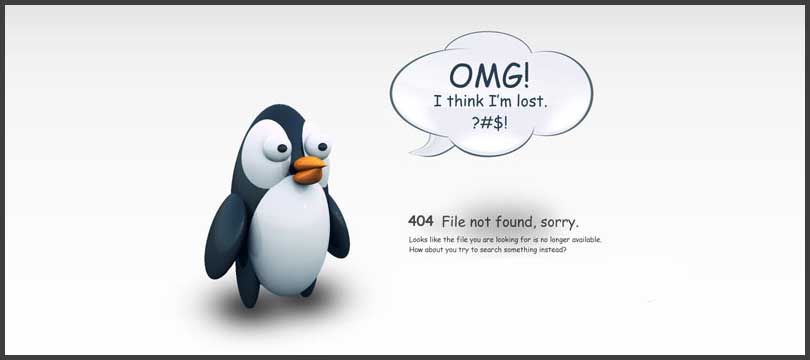Close
×

Searching for the perfect study abroad guidance? Look no further! Take the first step by booking a free counselling session with Cosmo Consultants. Schedule your free study abroad counselling session today!
First Floor, V.P.Tower,
Opp. Indian Overseas Bank,
Stadium
Road,
Bareilly Uttar
Pradesh-243001.
